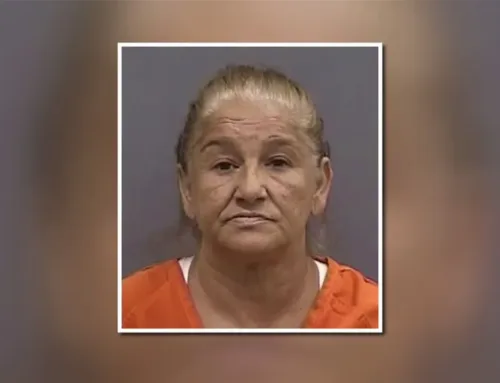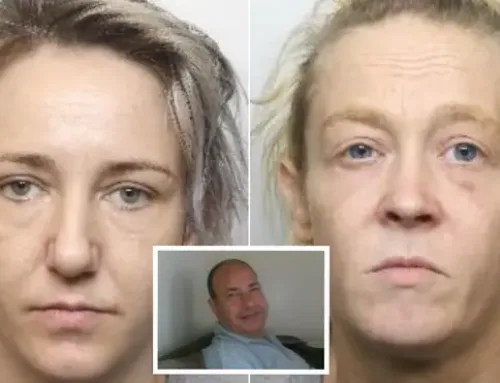Alanna Smith
Published:June 19, 2021
-Calgary Herald
Almost 500 Albertans have died from accidental drug overdoses in just four months, according to updated provincial data that shows 109 lives lost in April alone.
Between January and April, a staggering 488 fatalities have been recorded in the province, marking a 60.5 per cent spike compared to the same time period last year. Each month individually has far surpassed previous totals from the same month in years prior.
“That’s 109 grieving families, hundreds of Albertans mourning the loss of loved ones (and) communities across the province feeling the trauma of these deaths,” wrote Lori Sigurdson, NDP critic for mental health and addictions, on social media.
“And it is 100 per cent preventable by a government willing to listen to science and immediately direct resources into harm reduction services,” she added, criticizing the UCP’s response to a growing crisis.
The latest update to the province’s substance use data comes shortly after the government’s plan to overhaul supervised consumption services in Alberta was made public. Part of its strategy includes closing Calgary’s Beltline site in the Sheldon M. Chumir Health Centre — the busiest in the province — to open two new sites in as yet undisclosed locations.
Thirty-one per cent of fatalities so far this year are in Calgary, where 153 have died, including 31 in April. During the first quarter of 2021, 11,288 visits were recorded at the downtown supervised drug-use site, where there have been no deaths.
The Opposition NDP has called on the province to keep existing sites in service and expand capabilities across Alberta, in addition to providingv pharmaceutical alternatives to street-level drugs and introducing drug-testing services.
The UCP has rejected these calls to action.
Jason Luan, Alberta’s associate minister of mental health and addictions, said earlier this month his government is “committed to do everything we can to address addiction in our province” before touting its recovery-oriented system of care.
He said they have taken “concrete action” by creating more than 4,000 treatment spaces across the province, developing a mobile overdose prevention application and dispensing record-high rates of naloxone and suboxone to address overdose and withdrawal symptoms, respectively.




